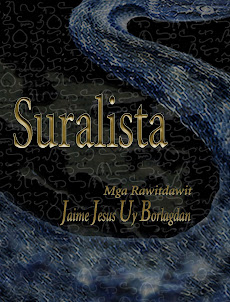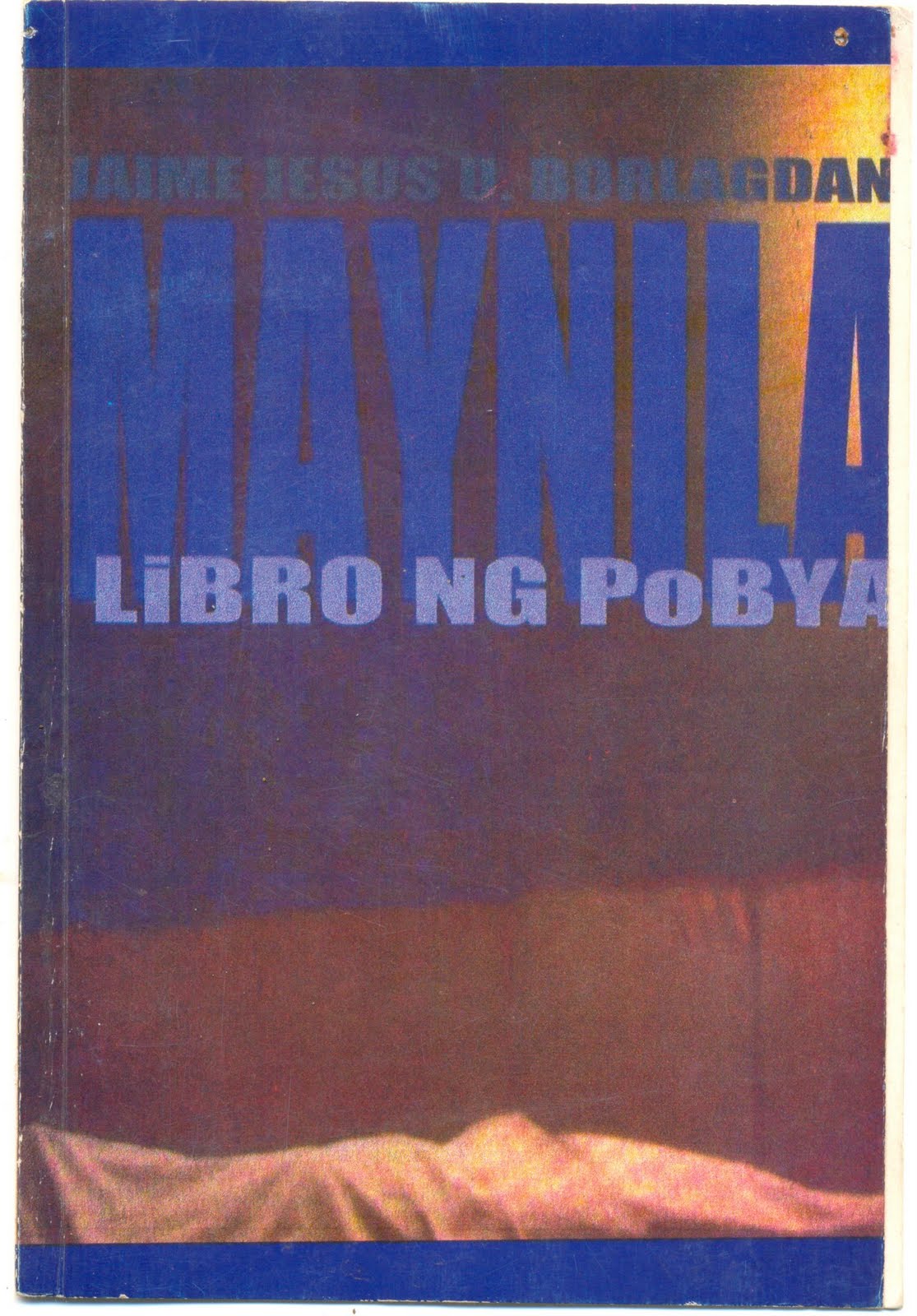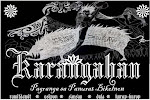
Kun ipalibutan ninda
garo na siya an tahaw
kun sain nakatindi an lubid kan gabos
na naglalataw sa kahewasan.
Garo dai sindang buhay
kaipuhan nindang humagad saiya.
Kaipuhan nindang mahiling
kun ano an masunod niyang gigibuhon.
Garo gabos na gigibuhon niya
enot na mangyayari.
Pagminakanta siya, an nakadangog saiya
duman pa sana nakadangog ki kanta.
Ano siya pintuan
kun sain an milagro
kan satong pigpangiturugan
minaluwas?
Arog baga kan saiyang mata
na dai pa tatao magtipwas,
garo bako kami an naggibo saiya.
Sain siya hali?
Ta nahigop niya an kolor
hali sa oras na mauli na an aldaw.
Nahihiling ko an kaogmahan
na naglalangoy sa sadit niyang lawas
riraw garo mga salog ki liwanag
nagbubulos pasiring sa dagat
na uulian kan rogado tang kalag.
Pawa. 2006.
Translation:
The way they crowd around her
is like she has become the center
where the strings of everything floating
in the vastness is pegged.
As if they don't have life
they need to beg from her.
They need to see
what she's going to do next.
As if everything she'll ever do
will happen for the first time.
When she sings, those who have listened to her
have just heard a song for the first time.
Is she a door
from which the miracle
of things dreamed
steps out?
For example her eyes
which does not know yet how to avoid.
As if we are not the ones who made her.
Where did she came from?
For she has absorbed the color
of the hours when the sun is going home.
I can see bliss
swimming in her small body
clear like a river of light
flowing to the sea
where our tired souls will return.
Radhana I
Posted by
Jai Jesus Uy Borlagdan
Friday, April 27, 2007








0 comments:
Post a Comment